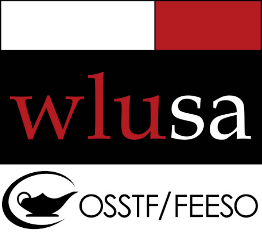Hello Friends & Community!
Mark your calendars! The Ed Weidinger Memorial Labour Day Picnic is coming up fast, and we can’t wait to celebrate with you! 🥳
The best part? It’s now less than a month away! Get ready for a day of fun, food, and community spirit. 👨👩👧👦
Join us for: 🍔 Food & Drinks 🎶 Live Music 🎠 Kid’s Area 🎨 Face Painting
📅 Date: Monday, September 1, 2025
⏰ Time: 12:00 PM to 4:00 PM
📍 Location: Waterloo Park (Westmount Road Entrance)
Everything at the picnic is just $1, and the best part is that all proceeds go to a great cause: the United Way Waterloo Region Communities. ❤️
Bring your family, friends, and neighbours and let’s make this year’s picnic the best one yet! We can’t wait to see you there!














